Unlocking the Power of "Why": A Guide to Selling Your Product or Service
![]()
You’ve got a product or service you believe in. You’ve poured your heart and soul into it, and you know it has the potential to change lives. But how do you bridge the gap between your passion and a customer’s purchase decision? How do you convince them that your offering is the perfect solution to their needs?
The answer lies in understanding the power of "why." It’s not just about listing features and benefits; it’s about connecting with your audience on a deeper level, showcasing how your product or service solves their problems, enhances their lives, and fulfills their aspirations.
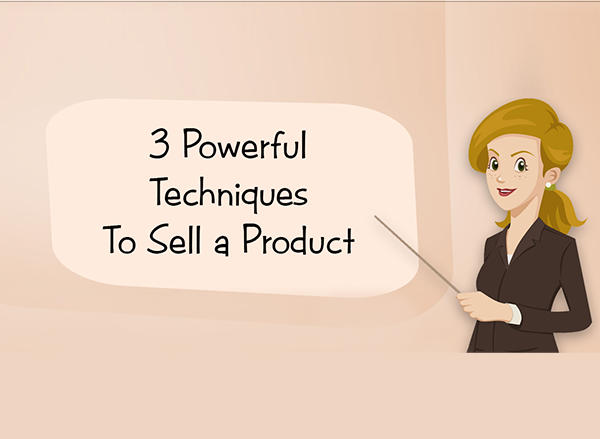
This guide will walk you through the process of crafting a compelling narrative that resonates with your ideal customer, helping you achieve your sales goals.
Step 1: Know Your Audience
Before you can effectively communicate the value of your product or service, you need to understand your target audience inside and out. Ask yourself:
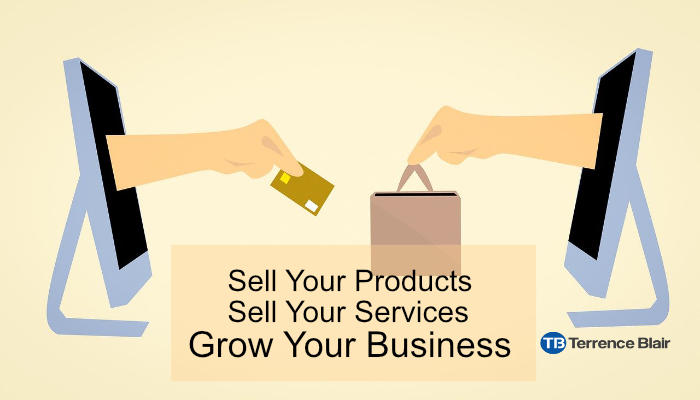
- Who are they? What are their demographics, interests, hobbies, and lifestyle?
- What are their pain points? What problems do they face in their daily lives? What are their frustrations?
- What are their aspirations? What do they hope to achieve? What are their dreams and goals?
- What are their motivations? What drives their purchasing decisions? Are they looking for convenience, value, quality, or something else entirely?

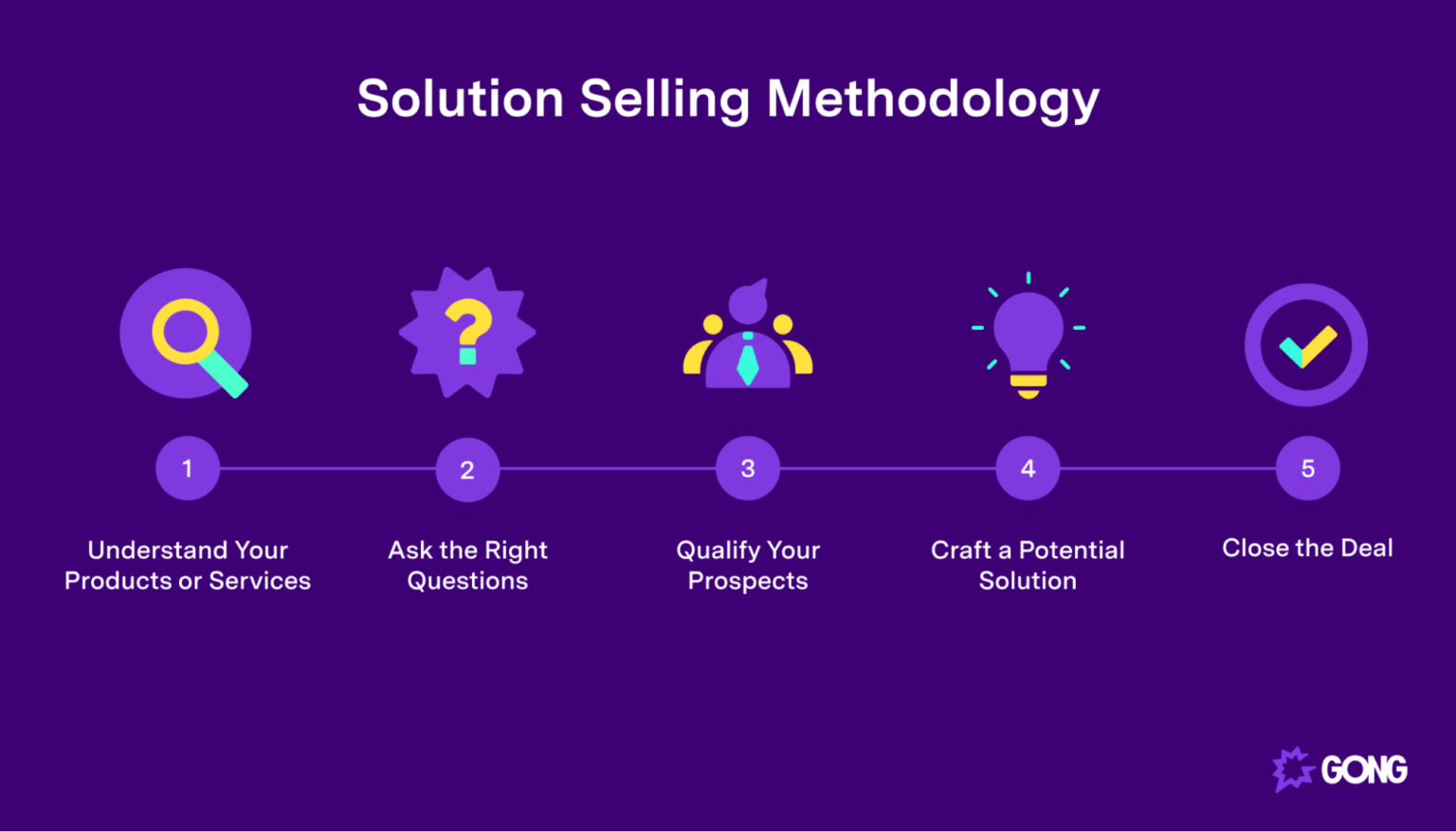
The more you understand your audience, the better equipped you will be to tailor your message to their specific needs and desires.
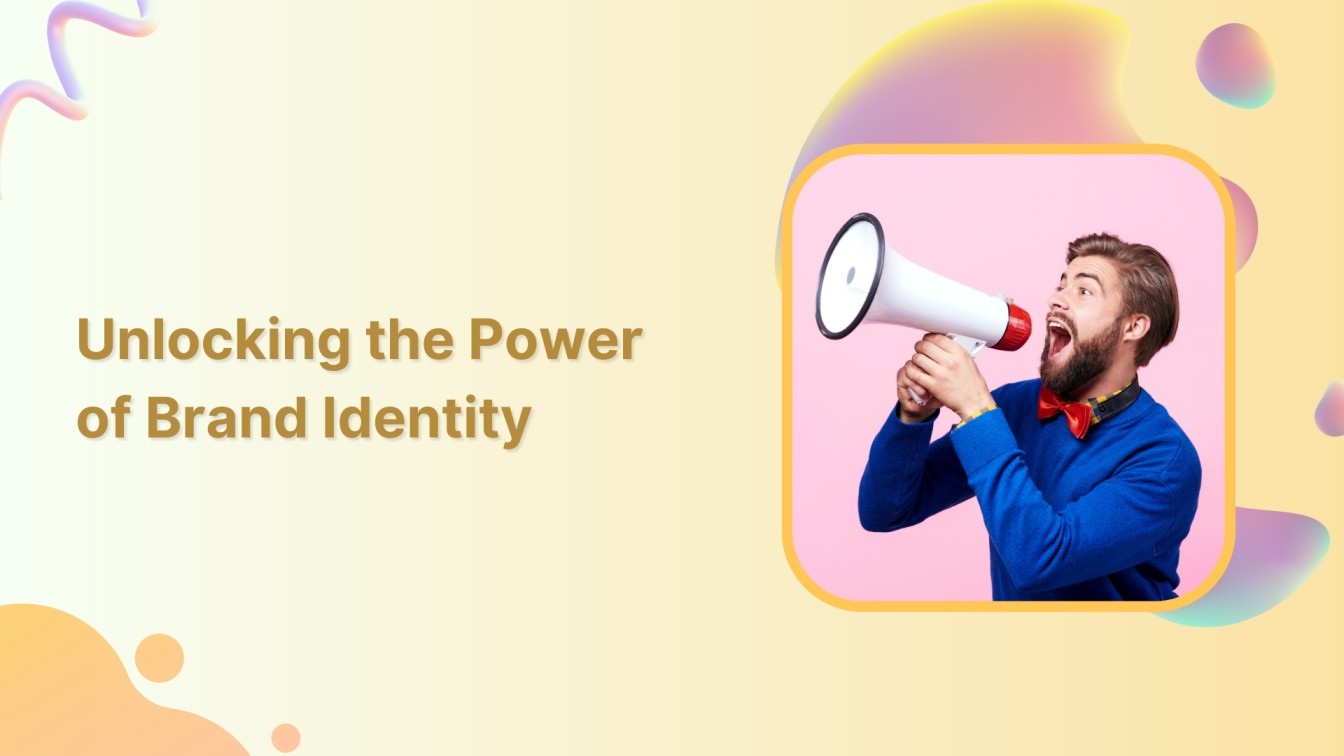
Step 2: Identify Key Features and Benefits
Once you have a clear understanding of your target audience, you can start to identify the key features and benefits of your product or service.

Features are the tangible attributes of your product or service. They are the "what" of your offering. For example, a feature of a smartphone might be its camera resolution or battery life.

Benefits are the intangible advantages that your product or service provides to the customer. They are the "why" behind the features. For example, the benefit of a high-resolution camera might be the ability to capture stunning photos, while the benefit of a long battery life might be the freedom to stay connected throughout the day.
Here’s how to approach identifying features and benefits:

- Focus on the customer: Don’t just list features; think about how those features translate into tangible benefits for the customer.
- Prioritize: Not all features and benefits are created equal. Focus on the ones that are most relevant to your target audience and their needs.
- Quantify: Whenever possible, use data and statistics to quantify the benefits of your product or service. This makes your claims more credible and impactful.

Step 3: Craft a Compelling Narrative

Now that you have a solid understanding of your audience and the key features and benefits of your product or service, it’s time to craft a compelling narrative that will resonate with them.
Here are some key principles to keep in mind:
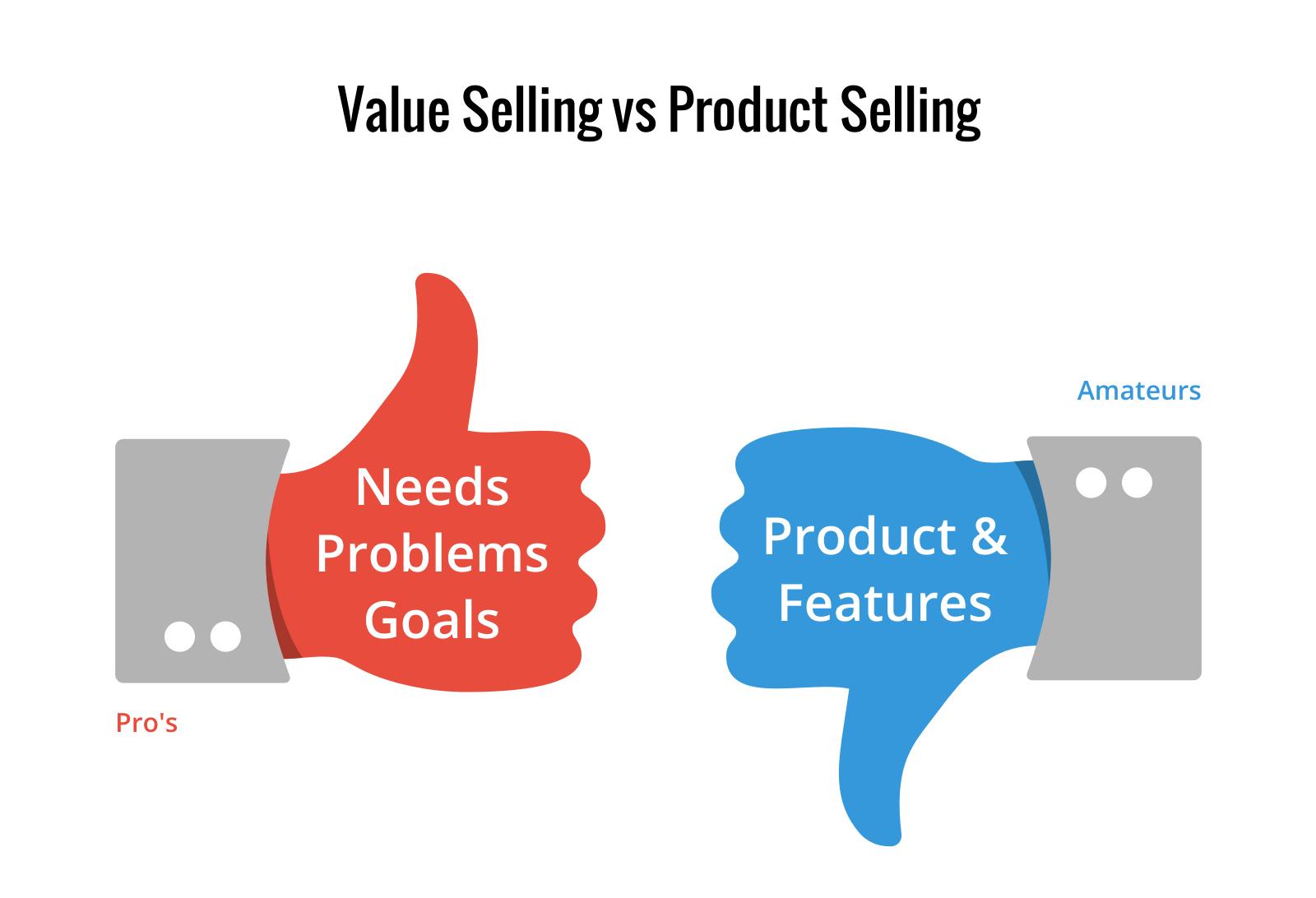
- Start with the problem: Open your message by addressing a pain point or need that your target audience is experiencing. This will immediately grab their attention and make them feel like you understand their challenges.
- Introduce your solution: Clearly explain how your product or service solves the problem you’ve identified. Use vivid language and compelling examples to illustrate the benefits.
- Tell a story: People are more likely to remember a story than a list of facts. Use storytelling techniques to bring your message to life and create an emotional connection with your audience.
- Focus on the "why": Don’t just focus on the features; emphasize the benefits and the impact your product or service will have on the customer’s life.
- Use strong calls to action: Tell your audience what you want them to do next. Encourage them to learn more, sign up for a trial, or make a purchase.

Step 4: Communicate Effectively
The way you communicate your message is just as important as the message itself. Here are some tips for effective communication:
- Be clear and concise: Use simple language that everyone can understand. Avoid jargon and technical terms that might confuse your audience.
- Use visual aids: Images, videos, and infographics can help to make your message more engaging and memorable.
- Get personal: Use "you" language to make your message feel more relatable and connect with your audience on a personal level.
- Be authentic: People can tell when you’re being genuine. Don’t try to be someone you’re not.
- Listen to your audience: Pay attention to their feedback and adjust your message accordingly.
Example: A Real Estate Agent’s Value Proposition
Let’s imagine you’re a real estate agent specializing in luxury properties. Your ideal customer is a successful professional who is looking to buy a high-end home in a desirable neighborhood.
Here’s how you could craft a compelling narrative:
Problem: "Are you tired of the constant stress and hassle of navigating the complex world of luxury real estate? Finding the perfect home in a competitive market can feel overwhelming, and you deserve a partner who understands your unique needs and aspirations."
Solution: "I’m a dedicated real estate agent with a proven track record of success in the luxury market. I’m passionate about helping discerning clients like you find their dream home, and I’m committed to providing a seamless and stress-free experience. I have a deep understanding of the local market, a network of trusted professionals, and the expertise to guide you through every step of the process."
Benefits: "I’ll leverage my extensive knowledge and network to find you properties that meet your specific criteria. I’ll handle all the negotiations and paperwork, so you can focus on what matters most. I’ll be your trusted advisor, providing expert guidance and support every step of the way."
Call to action: "Contact me today for a free consultation. Let’s discuss your real estate goals and create a personalized plan to help you achieve them."
Step 5: Tailoring Your Message
Remember, your message should be tailored to the specific needs and interests of your target audience. For example, if you’re selling a software product to a group of entrepreneurs, you might focus on the benefits of increased efficiency and productivity. If you’re selling a beauty product to a group of teenagers, you might focus on the benefits of confidence and self-expression.
Step 6: Continuous Improvement
The process of communicating the value of your product or service is an ongoing one. It’s important to constantly evaluate your message and make adjustments based on feedback from your audience.
Here are some tips for continuous improvement:
- Track your results: Use analytics to track the performance of your marketing campaigns and identify what’s working and what’s not.
- Gather feedback: Ask your customers for their feedback on your product or service and your marketing materials.
- Stay up-to-date: The market is constantly changing, so it’s important to stay up-to-date on the latest trends and technologies.
Conclusion:
Communicating the value of your product or service is an essential part of any successful business. By understanding your target audience, identifying key features and benefits, crafting a compelling narrative, and communicating effectively, you can build trust, generate interest, and drive sales.
Remember, the key is to focus on the "why" behind your product or service. Show your customers how it will solve their problems, enhance their lives, and fulfill their aspirations. When you connect with them on a deeper level, you’ll be well on your way to achieving your sales goals.

